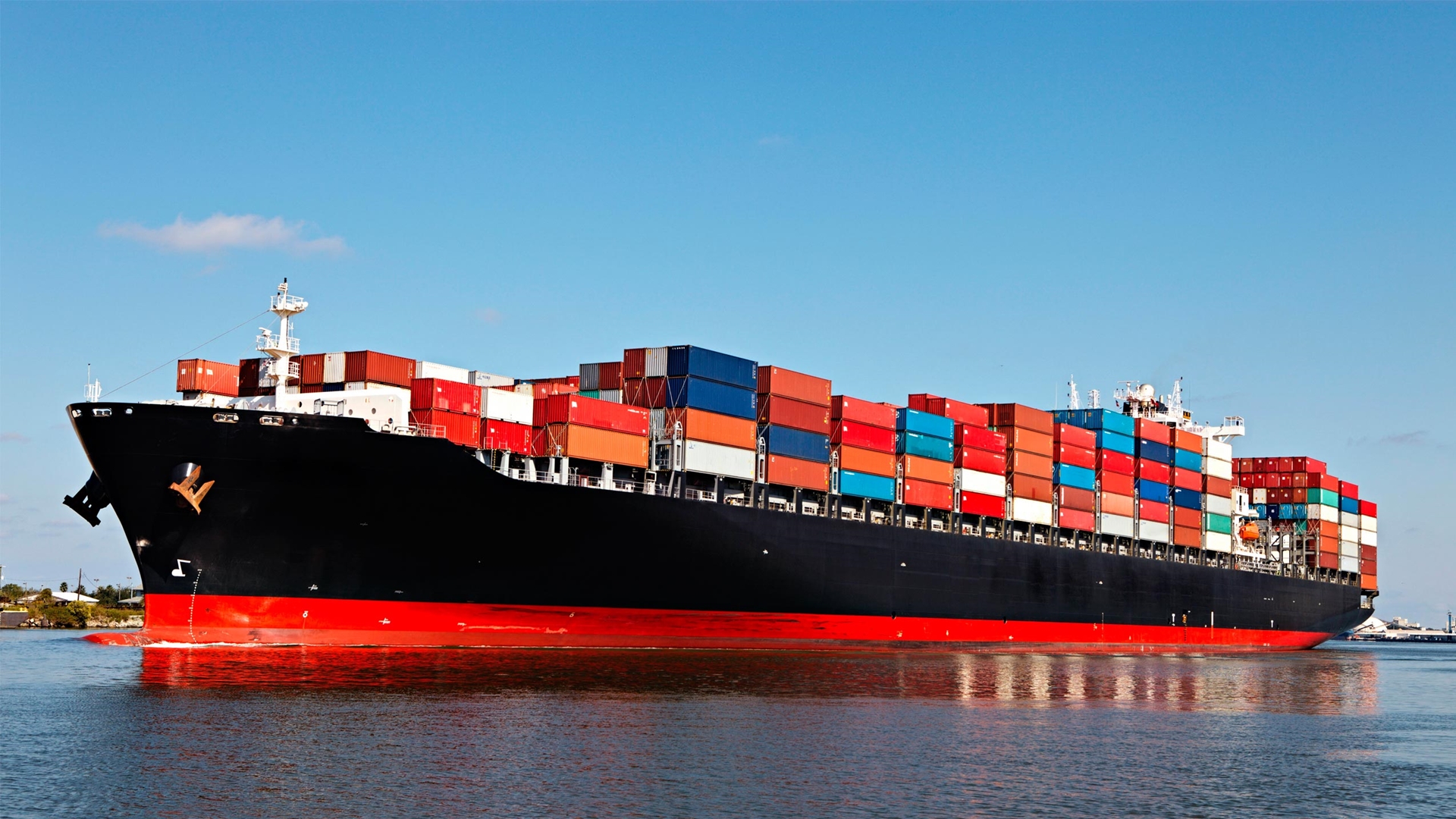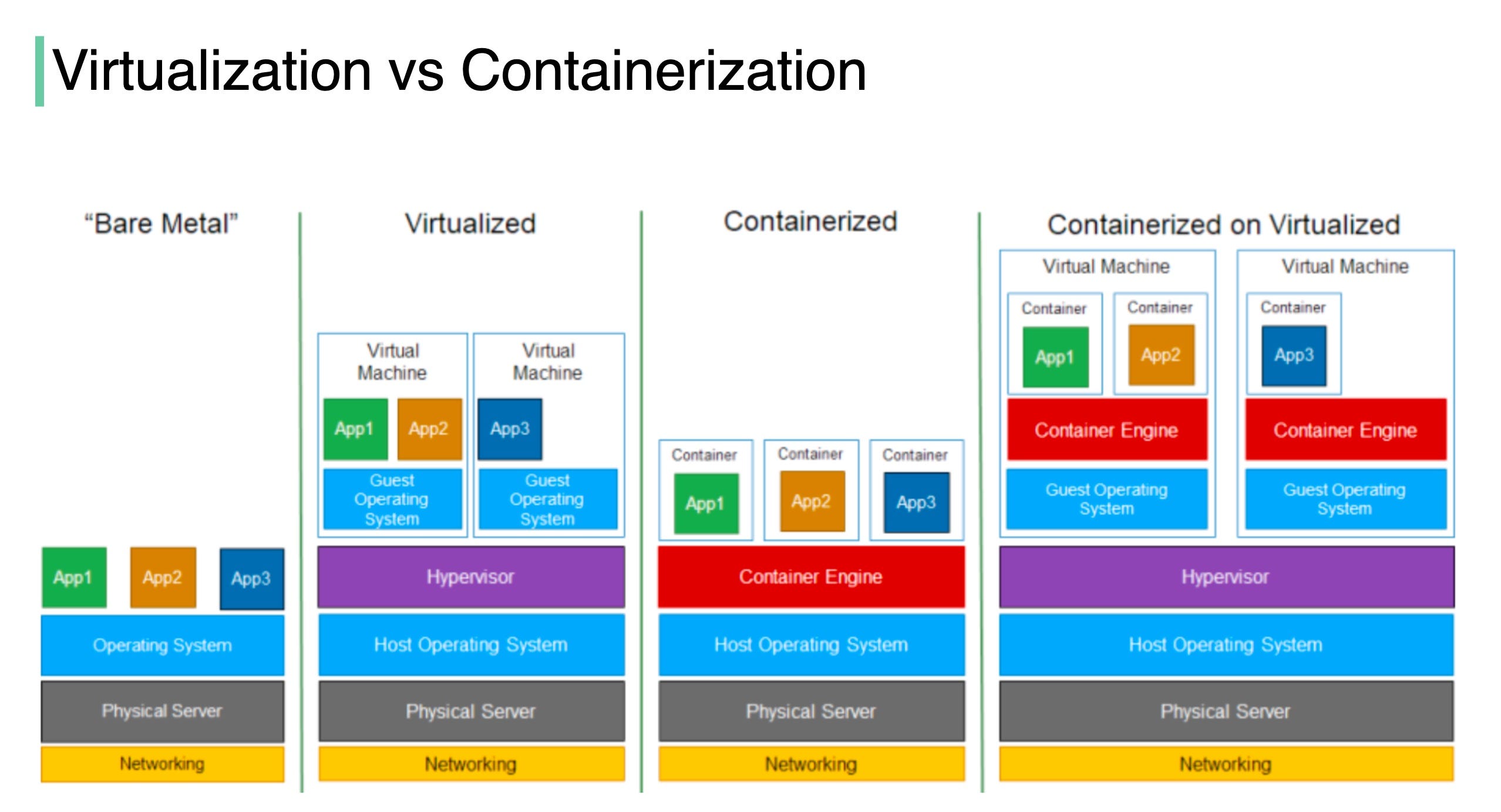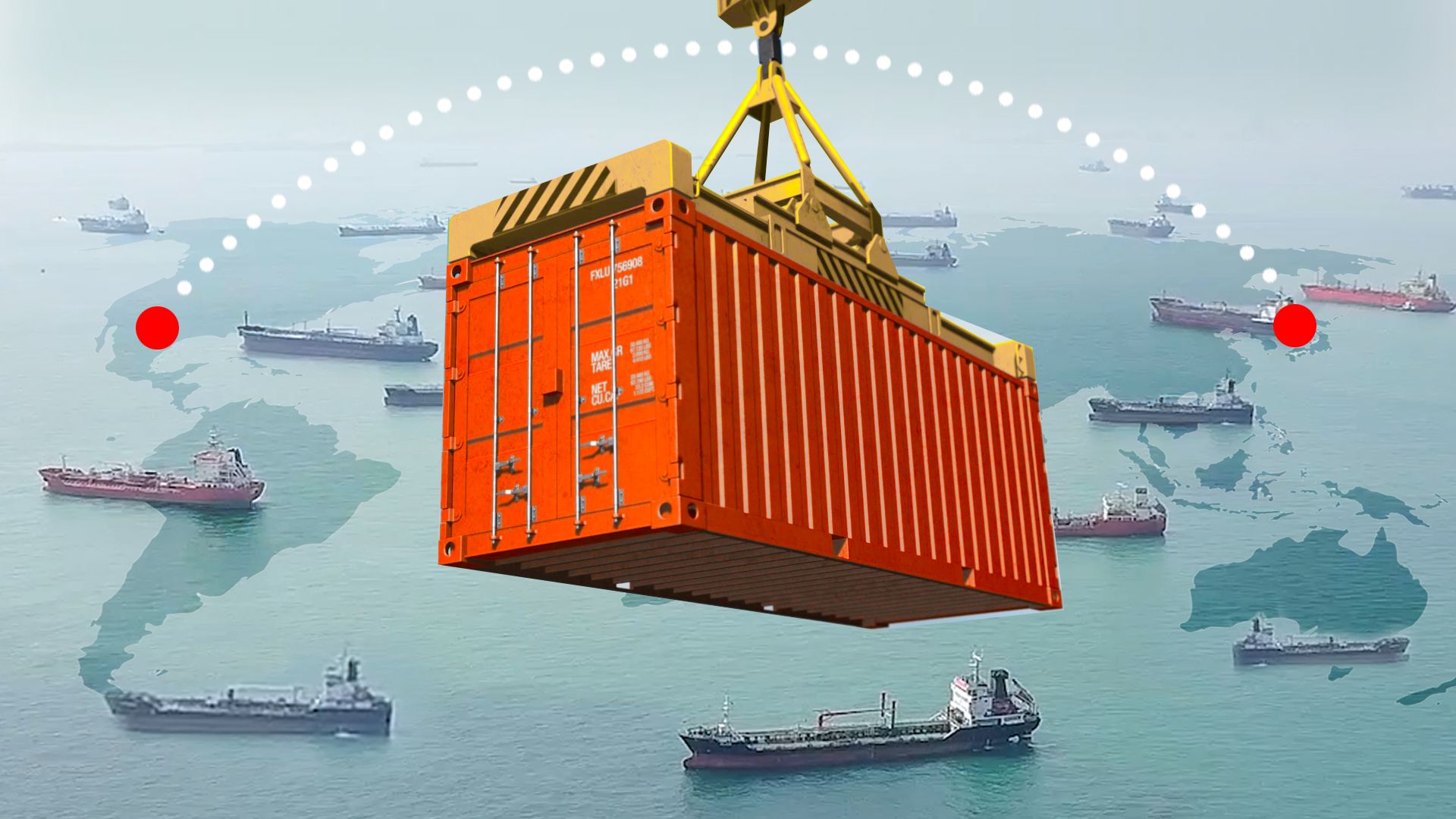Docking is a term used in various fields, each with its own specific meaning. Here are two of the most common interpretations:
1. Ship Docking
In the maritime context, docking refers to the process of maneuvering a ship into a dock or berth.1 This intricate process requires skill and precision, often involving the assistance of tugboats.
Key factors in successful docking:
- Tides and Currents: Understanding the tidal patterns and water currents is crucial.2
- Wind Conditions: Wind can significantly affect the ship’s maneuverability.3
- Pilot Assistance: Experienced pilots guide the ship into the dock.4
- Tugboat Support: Tugboats provide additional power and maneuverability.5
2. Molecular Docking
In the field of computational chemistry and molecular biology, docking refers to the computational prediction of how small molecules (ligands) bind to larger molecules (receptors), such as proteins.6 This technique is widely used in drug discovery to identify potential drug candidates.7
Key steps in molecular docking:
- Preparation: The 3D structures of the ligand and receptor are prepared and optimized.
- Docking: The ligand is placed in the receptor’s binding site, and its orientation and conformation are adjusted to minimize energy.8
- Scoring: The binding affinity of the ligand-receptor complex is evaluated using scoring functions.9
- Post-processing: The top-ranked complexes are further analyzed to identify potential drug candidates.10
Molecular docking has revolutionized drug discovery by enabling researchers to virtually screen millions of compounds against target proteins, accelerating the drug development process.





